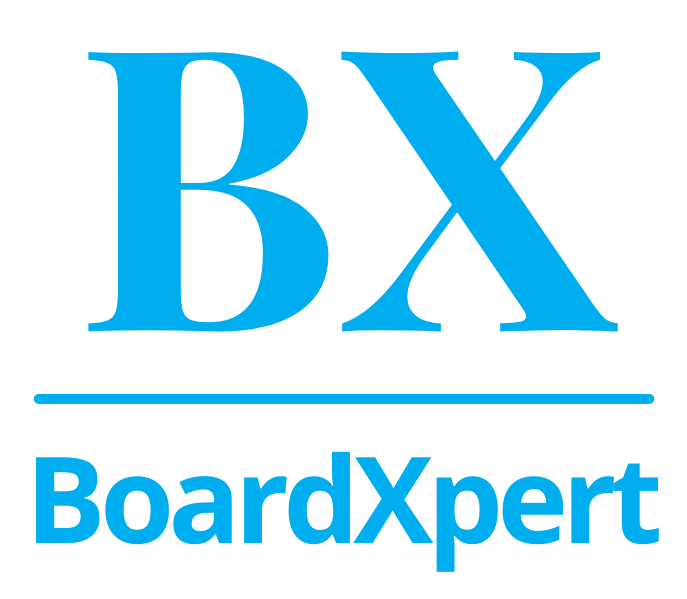Smart business leaders see the possibilities and act. It seems to be so easy: enrich your existing business model „somewhere“ with a spicy little piece of AI and the business world will be the same again.
The short answer on that is: „it won’t happen.“
The rise of new possibilities, new technologies, always speeds up change. A change of customer behavior, a change of expectations, a (disruptive) change of products and service offerings.
If you are a business leader with a huge background in digital technology, you’re one of the rare lucky ones: You are ahead of the game, know what is coming up and can make an expert estimate of future developments, market chances and mature tech enablement.
To all us other business leaders: do not despair! Instead, do what you always (should) do when you need to take a decision, but you feel like not having enough information to do so.
Here are four steps you should not miss:
1| Verify your management style:
is it still compatible to today’s high-speed changes? Is it linear, number-driven planning? So, do you create a budget plan first and then define what is necessary to achieve in sales, or how much money you can invest (people, technology, R&D, …)?
Or is it agile, aligned with clear goals that are measured by numbers like a budget plan. And yes: it’s super important not to mix up “goals” with “numbers”. Numbers are just the way how you measure whether you are on track to achieve your goals. To be clear in that: agile doesn’t mean „flexible in all results“ but „flexible in the way how to achieve goals“. And true agile management does also include to adjust goals, if reality has changed, or the awareness has been gained that the goals are not realistically achievable.
2| Identify hot topics
in the market you want to attract: the world-famous „pain in the … topics“. What once was outstanding today is a commodity. Things change, and so do client expectations. Who are your loyal customers? Who are your cash-cow customers? Who are your promising customers with the highest potential of growth? What is it those kind of (potential) clients are willing to discuss at the moment? What is the value you can provide to them in these subjects? If you can’t: they will not even discuss with you. If you can: you’re an interesting business partner and pot. Clients invest time in discussions with you. And: often enough, they don’t buy any service covering that „hot topics“, but just the „normal shit“.
3| Verify and adjust your company strategy
The trend is your friend. How likely is it that the overall market – and then as a breakdown – the market niche or geography you address will move into a certain direction? If you do not already have an existing Advisory Board (containing industry or topic experts + people with a great network, or at least a reasonable network of contacts): Reach out and gain market insights from industry specialists (e.g. „expert interviews“ with companies like GLG, Guidepointglobal, NewtonX, etc.pp.). And: go, get your own Advisory Board – don’t waste a day, don’t waste a minute! If you don’t know how to build a value creating Advisory Board: do NOT ask your family members or your tax advisor to become a member of your Advisory Board. That’s one of the most common and simple mistake. Let an expert search for you, just like if you were trying to hire a top or 2nd-line manager by a headhunter. Best case: vote for a headhunter who specializes only on Advisory Board roles (e.g. „Highlevelnetworking.com“).
4| Plan, measure, learn
identify those KPIs which can show you in which detail you are successful, or not. Ensure to collect this data from real life scenarios.
Introduce new services like if you were a software company: use a „soft launch“ in a save environment. Use a certain region, vertical or client group and roll out your new/adjusted service to those early adopters. Be strict and consequent in measuring success (client happiness, change in customer behaviour). Talk directly with this client groups and learn from their feedback.
In a nutshell:
Transformation is not a one-off topic. Today, more than ever, transformation is what older management generations know as „continuous improvement process“. And the rise of new, disrupting technology offers you the tool set to do things differently without the need of inventing deep tech by yourself.
So take the chance – as a manager, this is one of your core responsibilities!
If you still want to sell your company: start the selling process only after you have implemented successfully your continuous transformation process…







